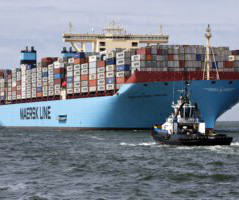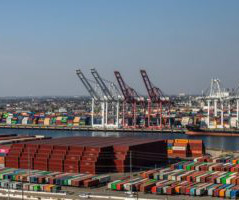The Digital Supply Chain Needs to Include Trade Compliance Systems!
Logistics Viewpoints
JULY 17, 2023
Better systems at customs agencies can lead to increases in cycle times for companies that are not on top of the complex documentation requirements associated with trade. In short, customs compliance must become proactive and strategic rather than just focused on having the proper documentation and accurately paying duties.
















Let's personalize your content